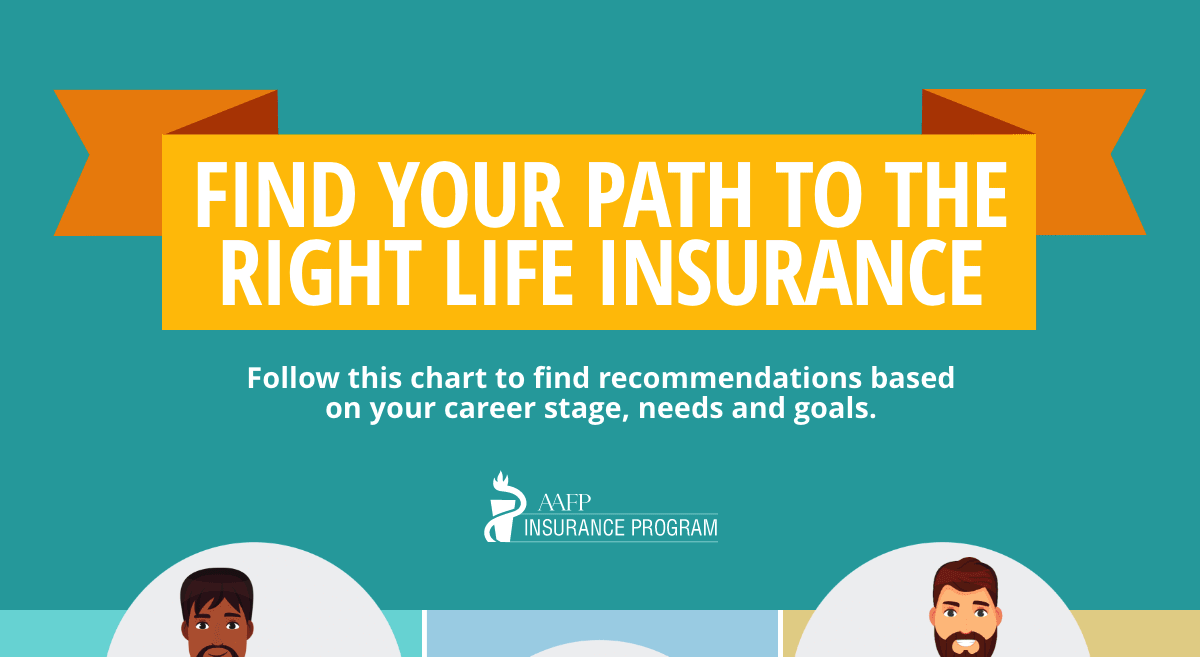Direct primary care (DPC) is an emerging practice model in which physicians charge patients a flat fee in exchange for a broad range of primary care and medical services. According to a survey by Accenture, one in three doctors in independent practices will adopt “subscription-based care models.”
A typical DPC membership can run from $50 to $150 per month. Some practices will offer discounted rates for children and families. But setting up a direct care practice for success doesn’t come easy. While some physicians consider direct primary care to be “health care simplified” it’s not without its challenges.
Building a direct primary care practice requires significant startup costs. It is estimated that a family physician will need a minimum of $150,000-$250,000 for their DPC practice until there are enough new patients to start paying the overhead expenses.
Speaking of needing enough patients, when making the transition, breaking the news to your patients can be a difficult conversation. Not only will you need to convince your current clientele to come with you to your new practice and change the way they pay for medical services, you will also need to turn away a majority of your patients. In a time when family physicians are needed now more than ever, it has become a daunting task for patients to find a new family physician that they can trust. It’s best if you can refer your patients to another family doctor that you know and trust to take good care of them.
For those patients who have decided to follow you to your new practice, they may be pleased to find out that this model of care offers better pricing, better care and better health outcomes.
The increased one-on-one time is perhaps the biggest benefit of switching to DPC. No longer will the scope of your patients’ health be condensed into a seven minute chat once a year. This new practice model allows patients to freely see their doctor whenever they wish, and with a smaller patient load, physicians can spend more time not only diagnosing or treating a patient, but really get to know them as a person. This is the kind of doctor-patient relationship that is missing in other models of care.
Additional benefits of DPC include:
- Less insurance interference
- Fewer medical errors
- Improved patient collection rates
- Reduced overhead (after initial startup)
- Zero third party payment systems
Direct primary care may even be a good option for those patients who do not have insurance or who have high-deductible policies. However, as a DPC practice, if you forego insurance contracts, your practice will be considered out-of-network. This may negatively affect patients who continue to receive insurance coverage, causing them to pay more out-of-pocket costs for primary care services.
If you continue to participate in insurance contracts, make sure your patients understand which services are covered by insurance and which are covered by the DPC fee. If you need help figuring out how to navigate the insurance jungle when setting up your direct primary care practice, the AAFP offers a DPC toolkit to walk you through the necessary steps. You can even sign up for workshops offered by the AAFP to gain an in-depth understanding of transitioning to a direct primary care practice.
While this trend is growing in popularity, make sure you know all the risks associated with transitioning to a direct care practice. Read this firsthand account from a physician who sets the record straight about direct primary care and how he addresses some of the top concerns his peers have about DPC.
Whether you’ve already transitioned to DPC or are on the verge of making the jump, let us help you maintain your financial health with life and disability income insurance products designed to meet the needs to family physicians – no matter what practice model you choose.
Photo Credit: CandyBox Images/Shutterstock




